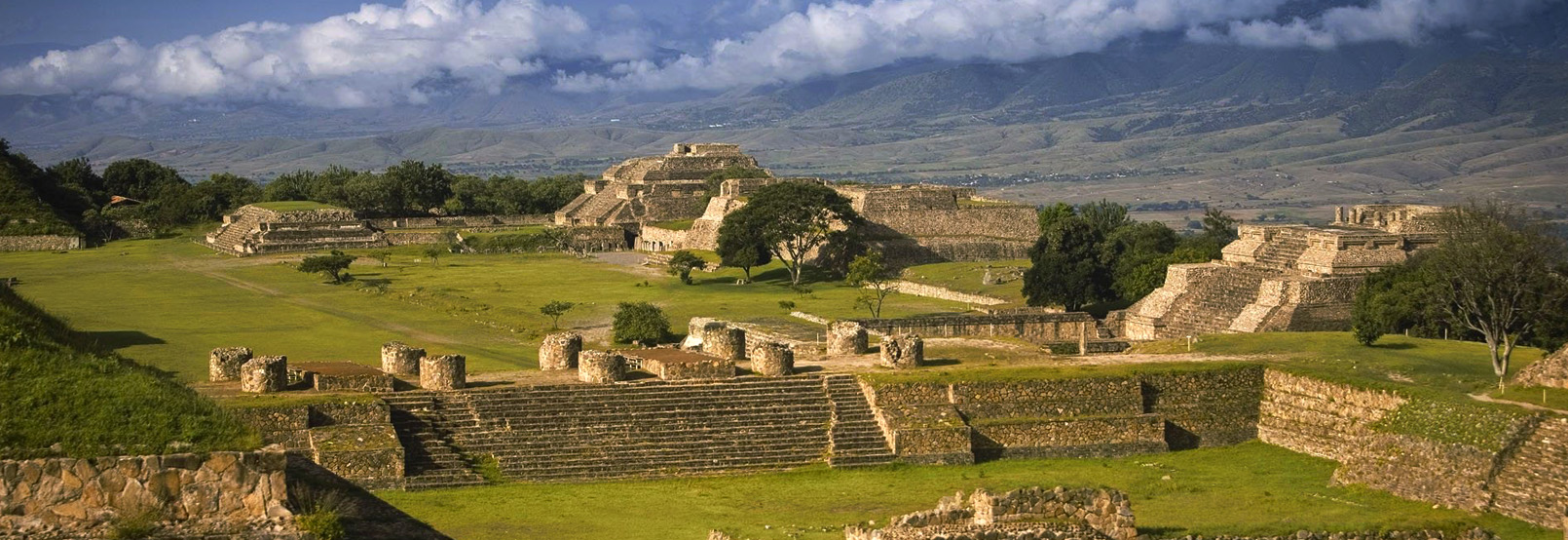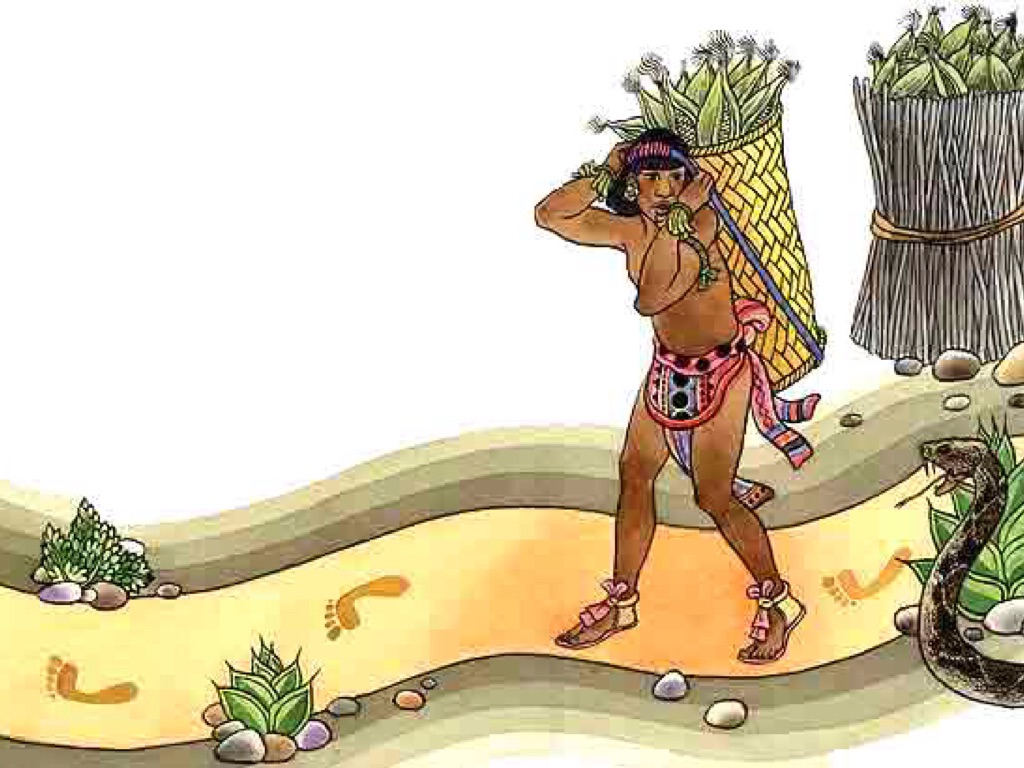The Zapotec culture is one of the oldest and most important in Mesoamerica. They inhabited an important region for thousands of years, leaving evidence of their advanced culture and high technological level. To understand what his long stay was like, it is important to know the Zapotec Economy

Zapotec Economy
The Zapotec civilization is one of the oldest civilizations in pre-Columbian Mesoamerica, created by the Zapotec people. The first evidence of a Zapotec cultural tradition dates back to seven hundred years before Christ.
The Zapotec civilization inhabited the territory now occupied by the Mexican states of Oaxaca, Guerrero, Puebla and Mexico. The largest known settlement of the Zapotec civilization is on Monte Albán. The main source of the economy of the Zapotecs was agriculture, corn, beans, etc.
Origin of the Zapotec civilization
The word "Zapotec" comes from the Nahuatl word tzapotecatl which means people of Zapote. According to the archaeological evidence collected, the first permanent settlements in the state of Oaxaca appeared around the fifteenth century BC. C. Between the year 1150 and the year 850 before Christ. The largest settlement in Oaxaca was San José Mogote, consisting of eighty to one hundred and twenty houses, on the site where fossilized fruits of corn, chili, and avocado were found.
After the year 850 BC, the formation of early cities takes place, which were religious, ceremonial and administrative centers. In the period between XNUMX and XNUMX BC known as the Rosario phase complex settlements of the Zapotecs were formed and there is a significant increase in population.
In the middle of the Rosario phase, between seventy and eighty-five settlements are formed. During this period, apparently, numerous wars against other civilizations forced them to constantly erect walls and fortify major settlements. In addition, in this period, the bases of the Zapotec culture were formed, for example, its own writing, older than that of the Mayans and Mixtecs, and the calendar.
At the end of the Rosario phase between XNUMX and XNUMX BC, the largest settlement in the valley, San José Mogote, and a nearby settlement in the Etla valley, lost most of their population. At the same time a new settlement was formed on top of a mountain where all the surrounding valleys are dominated, this settlement later received the name of Monte Albán.
Archaeological evidence suggests that the new settlements on Monte Albán were being populated by people from San José de Mogote.
Monte Albán became the first capital of the Zapotec state (this happened in several stages: the so-called Monte Albán I, Monte Albán II, Monte Albán III, Monte Albán IV, Monte Albán V). It was one of the largest cities in pre-Columbian America, covering an area of up to XNUMX square kilometers with a population of between XNUMX and XNUMX people during the Monte Albán IV phase. The Zapotec state was formed, which conquered almost the entire Oaxaca Valley.
The maximum territorial expansion was achieved during the Monte Albán II phase, and the peak of expansion occurred in the first century after Christ. The northernmost point was the fortress of Coyotepec. Scientists have discovered some three hundred Zapotec texts on military matters, and judging by the appearance of the prisoners, most of them could be from Teotihuacan.
During the Monte Albán III phase (before the year XNUMX), most of these lands were lost as a result of the revolts of the conquered peoples, but friendly relations were established with Teotihuacán, thanks to which an area was created in the latter. where the messengers and merchants of the Zapotecs lived.
At the same time, the northern neighbors of the isthmus, the Mixtecs, became bitter enemies. At first, the advantage in armed conflicts remained, as a rule, with the Zapotecs. But at the turn of the ninth and tenth centuries Mixtec supremacy became more and more tangible and Monte Albán fell under Mixtec attack. Monte Albán was abandoned by the inhabitants and the Mixtecs turned its ruins into a lush cemetery for their rulers, calling this place Yukukuyu.
But the Zapotecs did not give up or submit to the Mixtec invasion, despite having abandoned Monte Albán. Guided by their supreme religious leader, they fortified themselves around their religious center Mitla (in the Zapotec language Mitla means "House of Death" or "Place of Eternal Rest").
For several centuries, they kept Mitla and the surrounding lands under their control and were even able to revive the economy of the Zapotecs. This is evidenced by the splendor of the capital itself with its palaces and temples, as well as the resumption of intensive urban development, as a result of which, in addition to the capital, new population centers have emerged on these lands.
In the XNUMXs, Mitla was conquered by the Mixtecs, who completed the defeat of the independent Zapotec formations and completely secured the lands of the Isthmus of Tehuantepec, although not for long, since after a few decades the Aztecs took over the region.
The last stage of the great ancient Zapotec civilization was Zapotecapan (the land of the Zapotecs) with its capital in the city of Zaachila (founded around 1390-1400) in the area of modern Oaxaca City. The Aztec aggression distracted the Mixtec forces and thus made it possible for the Zapotecs to survive until the Spanish conquest, however, the role of the Zapotecs in the political, economic and cultural processes of Mesoamerica at that time was already minimum.
At the beginning of the XNUMXth century the Zapotecs managed to defend their independence from the Aztecs, for a time they were forced to abandon Zaachila and move their headquarters to a fortified mountain near the Pacific coast. They then made an alliance with the Mixtecs north of the Oaxaca Valley, to attack the Aztec army in the tropical lowlands of Tehuantepec.
After a seven-month blockade, the Aztecs and Zapotecs agreed to an armistice, some of the conditions being that the Aztecs post a small garrison in the Valley of Oaxaca and also receive a "courtesy" tribute each year. However, in fact, the Zapotecs retained their independence and expanded their possessions with the help of the Aztecs.
The Zapotecs supported Hernán Cortés in overthrowing Aztec rule and conquering Tenochtitlán in 1519. However, as early as 1521 they were forced to submit to the Spanish invaders.
Economy
The Zapotecs left enough archaeological evidence in the city of Monte Albán in the form of buildings, stadiums where ball was played, magnificent and elaborate tombs, as well as invaluable samples of gold work. Monte Albán was the most important city in the Western Hemisphere and the center of a Zapotec state that dominated much of what we now know as the state of Oaxaca.
According to the evidence regarding the economy of the Zapotecs, they developed an agriculture with very varied crops. This consisted of various species of chili, strawberry, pumpkin, cocoa and, the most important of all, corn, which at the beginning of the classic period was the main basis of sustenance for many villages. To have good harvests they worshiped the sun, the rain, the earth and the corn.
All the inhabitants of the towns, including the women, were obliged to deliver products from their harvest as tribute: corn, turkeys, honey and beans. In addition to farmers, the Zapotecs also excelled as weavers and potters. The Zapotec funerary urns are famous, they were clay pots that were placed in the tombs.
The cultural level reached by the Zapotecs was very high, in addition to the Mayans, the Zapotecs were the only civilization of their time to develop a comprehensive writing system. Through hieroglyphics and other symbols carved in stone or painted on buildings and tombs, they combine the representation of ideas and sounds.
In Tenochtitlán, the capital of the Aztecs, there were Zapotec artisans and artists who made jewelry for the main Aztec rulers including Moctezuma II. However, there is archaeological evidence that shows that these commercial exchanges go back a long time.
The economy of the Zapotecs was based mainly on agriculture, although they also practiced, to a lesser extent, hunting, both for their own sustenance and for commercial exchange. For the maximum development of their agriculture, the Zapotecs applied their extensive knowledge in architecture and engineering to build artificial terraces on the slopes of the mountains that served as irrigation channels for arable land.
Here are some links of interest:



